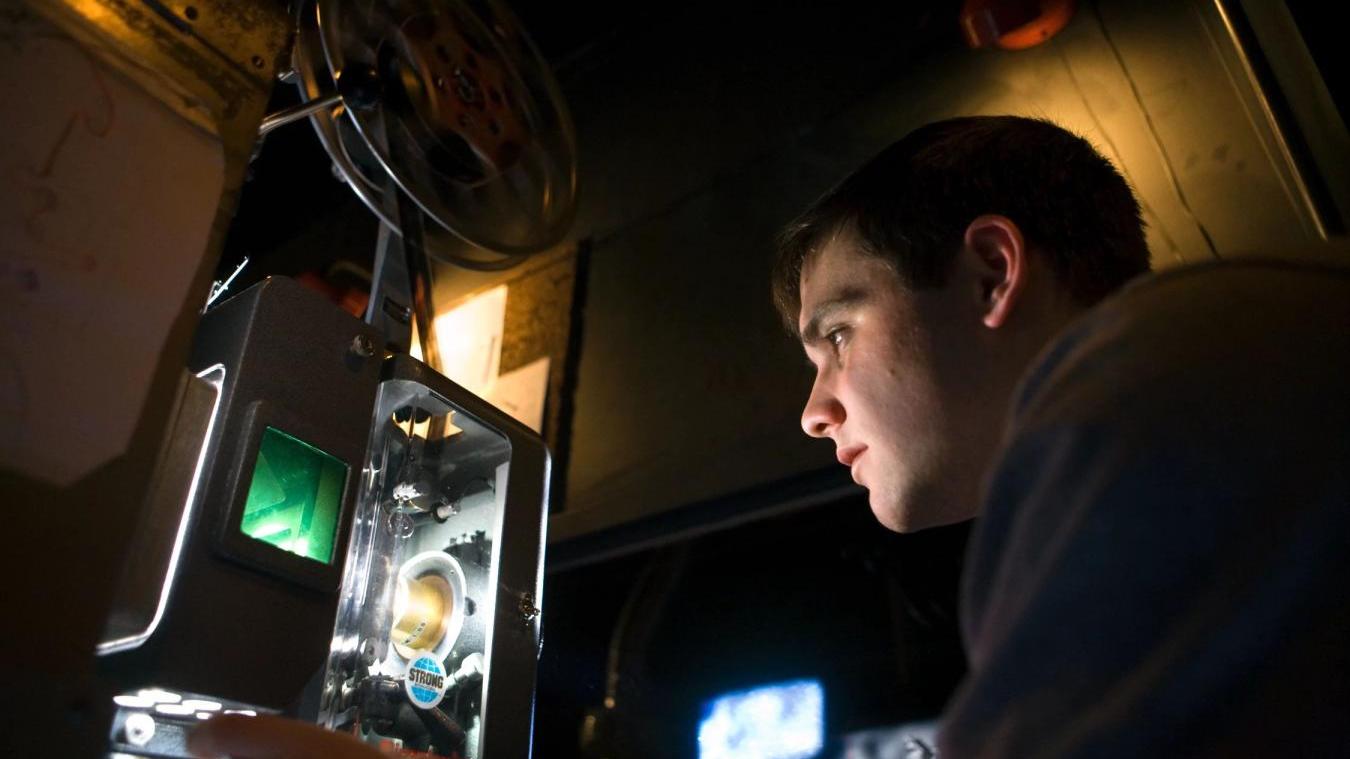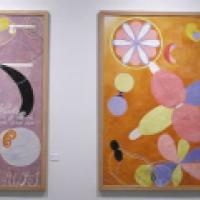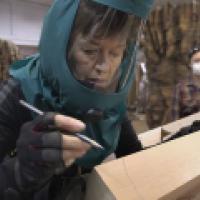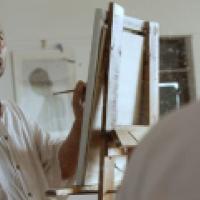Film series: Art Docs

image from Beyond the Visible: Hilma af Klint
What better time to view four powerful films about artists and their work than during these uncertain, trying times? In a recent New York Times article about two art museums in Western Massachusetts, Jason Farago wrote:
“ … what’s revealed in the Covid-era museum is that art’s political power still derives, above all, from having no pragmatic application. It can’t fix the world. It doesn’t function as a slower, more elite communication medium. It stands for itself, it confronts our imagination and our intellect, and so it shapes our capacities as free citizens.… [It] offers us just a glimpse of human freedom — that promise that every day now we feel slipping away from us, and that we still cannot do without. If I seek out art in a time of national catastrophe, it’s not because I need that catastrophe explained to me. And it’s not because I want to block that catastrophe out with a veil of pretty pictures. It’s simpler than that. It’s because I need to be reminded what to live for.”
These four films will remind you. We begin with Ursula von Rydingsvard: Into Her Own, an eloquent, visually arresting portrait of one of the few women in the world working in monumental sculpture, imposing pieces painstakingly crafted with complex surfaces, informed by her difficult childhood, first in Poland during the Second World War and then in the U.S. as a refugee. The film features interviews with curators, patrons, family and fellow artists, including Patricia Phillips, former chair of Cornell’s Department of Art.
We step back in history for the next film, Beyond the Visible: Hilma af Klint, a time when a woman’s art was simply not taken seriously. Hilma af Klint was born in Sweden in 1862 and began making huge, colorful, sensual paintings in 1906, work that was inspired by spiritualism, modern science and the natural world. She was, in essence, an abstract painter before the term existed. This dazzling documentary, as well as a major retrospective of her work at the Guggenheim Museum that took place in late 2018/early 2019 when the film was being made, offer a needed correction to the art historical record.
For all intents and purposes, The Observer is a political documentary, about dissident artist and Chinese filmmaker Hu Jie, who has made over 30 documentaries and is widely recognized as the first to dare talk about the Great Famine, the labor camps and the Cultural Revolution in an unfiltered way. But it is his soul as an artist, who also paints and carves woodcuts, that shines through in this film. Offering a counterpoint to the more well-known, much larger scale conceptual artist Ai Weiwei, Hu Jie lets his work slowly overtake you.
The series concludes with The New Bauhaus: The Life and Legacy of Moholy-Nagy, about Hungarian-born Bauhaus educator and visionary László Moholy-Nagy, which highlights the role he played in bringing the school's ideology to America. Made by Alysa Nahmias, who made the wonderful Unfinished Spaces, about Cuba’s art schools, the film focuses on Moholy-Nagy's time in Chicago, where he established the New Bauhaus design school. According to Nahmias, “Moholy was instrumental in many aspects of Bauhaus education and a giant of 20th-century art and design. But somehow I think not given his due and he is not as well known as some of his fellow Bauhaus luminaries. We hope that this film can play a part in shifting focus onto him.”




